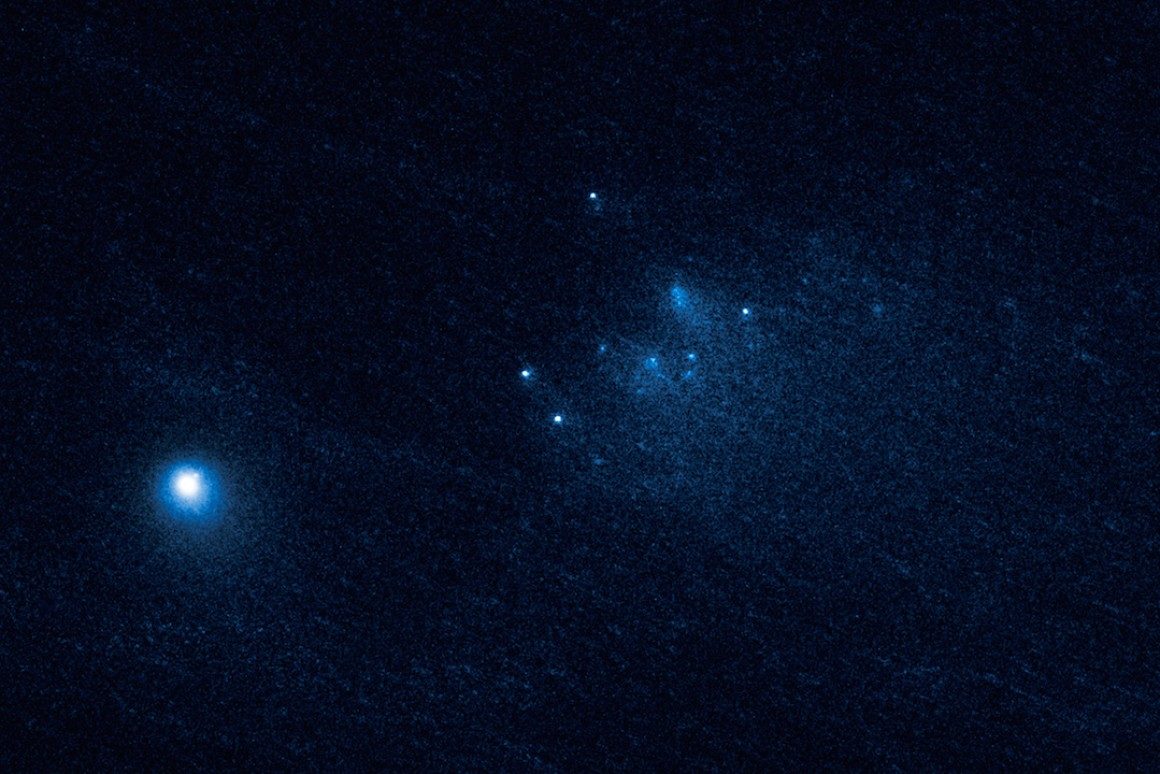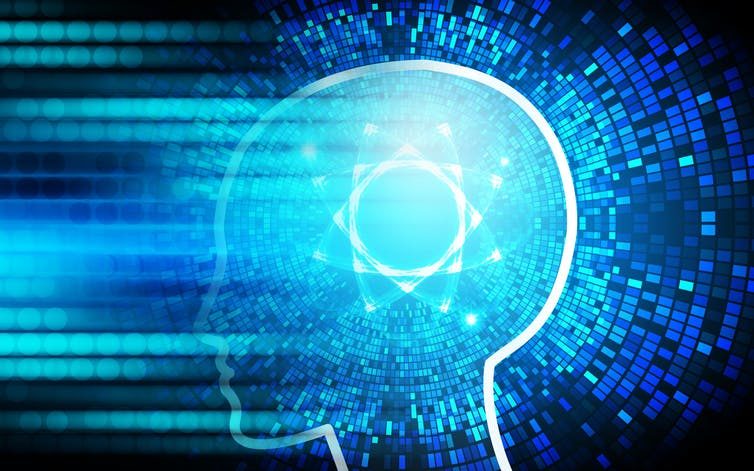OF THE
TIMES


Generally, scientists know that odor particles first enter through the nasal cavity, where odorant receptors expressed by olfactory receptor neurons in the sensory tissue bind to them. The olfactory bulb, a structure located in the forebrain of mammals, then processes information sent up from the receptors. Afterwards, the bulb sends out this information to several higher processing brain areas, including the cerebral cortex. There, the olfactory output messages are further analyzed and broadcast across the brain before they're conveyed back to the bulb in a feedback loop. [Emphasis added.]What Is Not Known
When it comes to smell, "we don't really know what the brain is looking for, and we don't know what physical or chemical features, if any, the brain extracts," Albeanu said.Their latest paper in Current Biology, "Scaling Principles of Distributed Circuits," sounds more like a title about computer science than physiology, but it concerns primarily the problem of modeling olfaction as a signal-processing circuit. They found mathematical relationships between the incoming neural signals and the glomeruli that receive them, deducing that the ability to discriminate odors corresponds to the circuit size. The system grants scalability to the olfactory system across species: the more incoming neurons, the more glomeruli there are to process the inputs.


Comment: The mysteries of water abound:
- What is the fourth phase of water?
- Water in Saturn's rings surprisingly like that on Earth, except for moon Phoebe
- The Body Electric: Ancient wisdom, Modern science
- Water Science: Evidence for Homeopathy
Also check out SOTT radio's: The Health & Wellness Show: Water: What Do We Really Know?